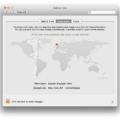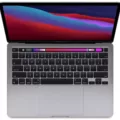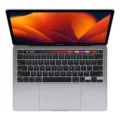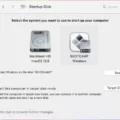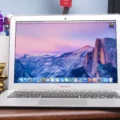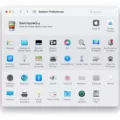Are you having trouble with a Mac cursor that’s stuck on the screen? This can be a difficult issue to fix, but it’s not impossible. In this blog post, we’ll explain what cases a stuck cursor on Mac and how to fix it.
What Causes A Stuck Cursor On A Mac?
There are several possible causes for a stuck cursor on Mac. One of the most common is when an application is open and running in the background, causing interference with the mouse or trackpad. This can happen when you accidentally open apps that don’t need to be running, such as quick access shortcuts or power saver settings. Another cause could be outdated software or hardware drivers that need updating.
How To Fix A Stuck Cursor On A Mac?
Fortunately, there are several solutions to fix a stuck cursor on Mac. First, try force quitting any apps that are running in the background. Press Command + Option + Escape keys to open the Force Quit window then use the up and down arrow keys to select the app and hit Return twice to force it closed one by one. If this doesn’t work, try pressing and holding down the Fn key then press relevant function keys to bring your cursor back to life. You can also use Apple’s manual Force Quit by holding Command + Option + Escape to bring up a menu enabling you to force quit cetain apps.
If none of thse methods work, you may need to reset your System Management Controller (SMC). To do this, shut down your Mac and wait 30 seconds before turning it back on again while holding down Shift-Control-Option-Power buttons together for 5 seconds until your computer restarts itself.
Finally, if all else fails you may need to contact Apple Support for further help as some of these issues may require more technical knowhow than what we discussed here today. We hope this article has been helpful in getting your Mac cursor back up and running!
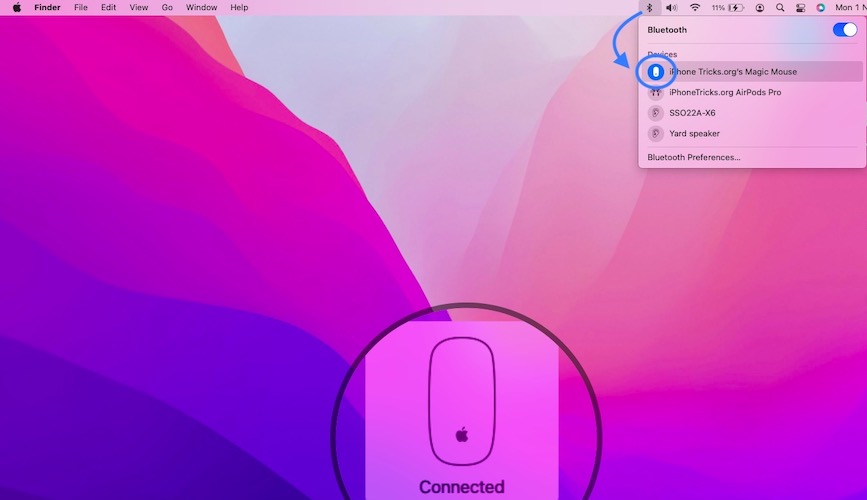
Troubleshooting a Stuck Cursor on a Mac
The cursor on Mac can get stuck for a few different reasons. It could be due to an unresponsive application or it could be because of a system conflict. To fix this issue, you need to force quit any applications that are running in the background by pressing the Command + Option + Escape keys on your keyboard. This will open the Force Quit window and you can then select the app that is causing an issue and hit Return twice to close it.
Unsticking a Cursor from a Screen
If your cursor is stuck on your screen, the most likely cause is that your laptop’s Fn key has been enabled. To get your cursor unstuck, press and hold the Fn key and then press the relevant function key for your laptop. Depending on the model of your laptop, this could be either F5 or F7. If that doesn’t work, try pressing Alt + Fn + F9. After doing this, you should find that your cursor is no longer stuck to the screen. If it still isn’t moving, try restarting your computer and see if that helps.
Releasing the Cursor on a Mac
To release the cursor on a Mac, you can try one of two methods. The first is to use a keyboard shortcut: press the Command+Option+Esc keys simultaneously to bring up a Force Quit window. From here, you can select an app that may be causing your cursor to freeze and then click ‘Force Quit’ to quit the app and release the cursor.
The seond method is to use Activity Monitor, which you can access by typing ‘Activity Monitor’ into Spotlight (Command+Space). Find the app that may be causing your cursor to freeze and click on it. Then click the ‘X’ at the top-left corner of the window to force quit it and release your cursor.
Unfreezing a Mac Trackpad
To unfreeze your Mac trackpad, you need to perform a PRAM or NVRAM reset. This is done by pressing and holding the Option + Command + P + R keys simultaneously for 20 seconds, then releasing them once you hear a boot sound or see the Apple logo for the second time. After completing this process, wait for your MacBook to boot up and check if the trackpad works. If it stll doesn’t work, you may need to try resetting the SMC (System Management Controller), which can be done by shutting down your Mac and pressing and holding the left-side Shift key, Control key, Option key, and Power button at the same time for 10 seconds. Then release the keys and turn on your Mac again.
Troubleshooting a Frozen Cursor
If your cursor is frozen, it could be due to a number of reasons. The most common cause is that the mouse driver has become corrupted or outdated. This can be caused by installing new software or hardware, or even viruses that have infected your computer. Other possible causes can include faulty hardware, such as a malfunctioning mouse or USB port, as well as incorrect settings in the operating system. To fix this issue, try updating your mouse driver and reinstalling any software you recently installed. If these steps do not work, you may need to check for any faulty hardware components or viruses on your computer.
Using an Alternative to the Trackpad to Move the Cursor on a Mac
You can move the cursor on your Mac without a Trackpad by using Mouse Keys, wich is an accessibility feature. To enable Mouse Keys, open System Preferences and select Accessibility (or Universal Access). Then click Mouse & Trackpad from the list of options and check the box next to Enable Mouse Keys. You can now use the numeric keypad to control the movement of your cursor. Use 7, 8, 9, 4, 6, 1, 2, 3 for directional movement and 5 to click a mouse button. To press and hold a mouse button, press 0 (zero) on the keypad; to release it press 5 again.
Restoring the Cursor to Normal
If you’re having trouble with your cursor not appearing correctly on your Windows PC, there are a few simple steps you can try to restore it back to normal.
First, check the cable or batteries of your mouse. If you’re using a wired mouse, make sure the cable is properly connected and secure. If you’re using a wireless mouse, replace the batteries if needed.
Next, try plugging the mouse into a different USB port on your computer. This can someimes help restore the cursor’s functionality.
Finally, if those steps don’t work, try testing the mouse on another PC or laptop to see if it works there. If it does work properly on another device, then there may be an issue with either your drivers or hardware settings that needs to be fixed.
Conclusion
In conclusion, Mac is a reliable and powerful operating system that enables users to perform a variety of tasks with ease. While it may occasionally have some issues, such as a frozen cursor, these issues can generally be resolved quickly and easily by uing the Force Quit feature. With its robust features and user-friendly interface, Mac is an excellent choice for those needing an efficient, reliable computer system.

